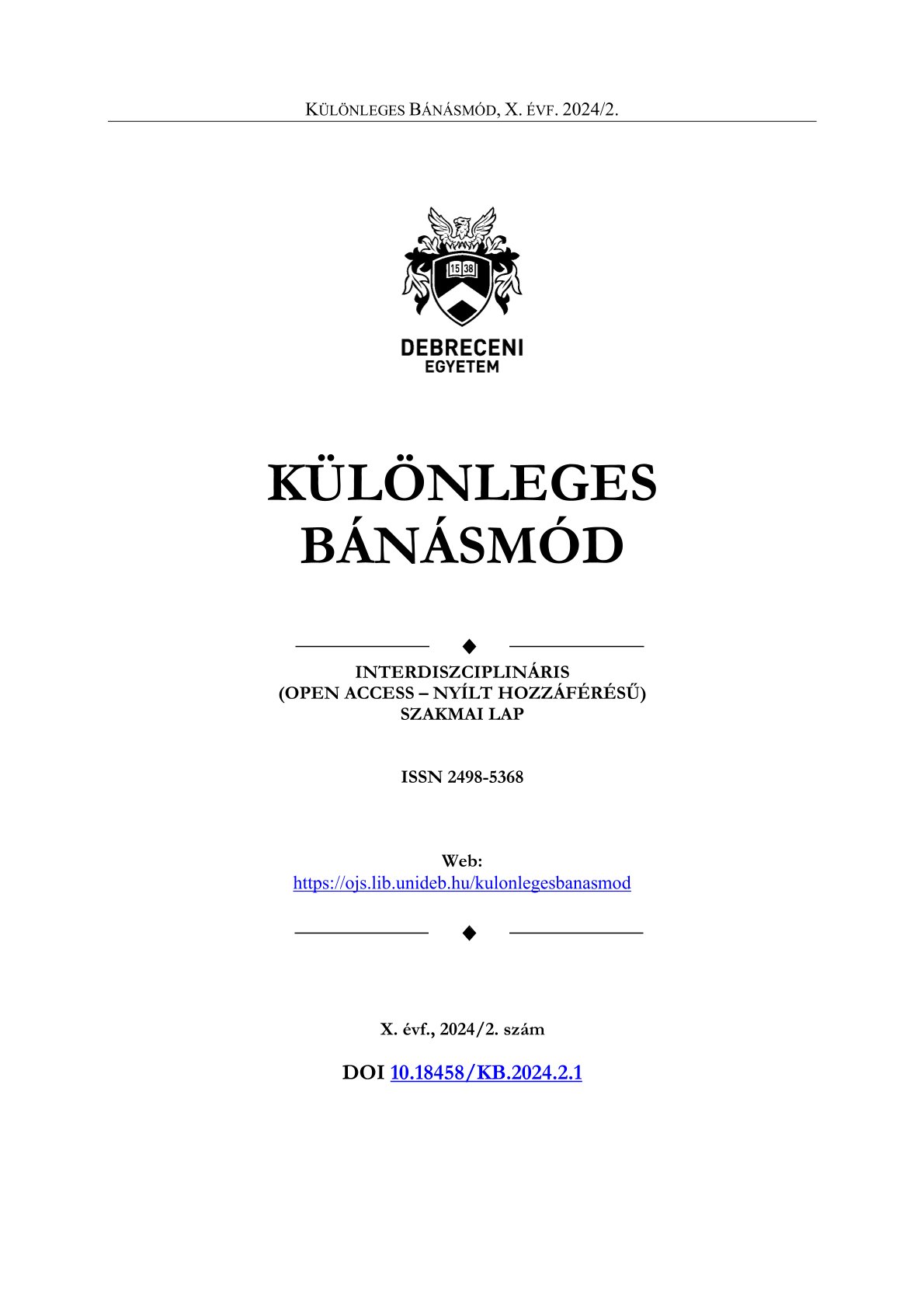The Discourse on Hygiene in Relation to the Role of Public Teachers in the ’Néptanítók Lap’ between 1922–1924
Author
View
Keywords
License
Copyright (c) 2024 Tamás Frank (Ph.D)

This work is licensed under a Creative Commons Attribution-NonCommercial-NoDerivatives 4.0 International License.
How To Cite
Abstract
The Covid epidemic has highlighted that the health care system alone is not enough to tackle a pandemic affecting a large population. In addition to medical and public health activities, there is also a need for educational activities in the education subsystem, involving the professionals involved. This is why it is important to look at the issue of health education in schools from a historical perspective, given the epidemics of our time. In the turbulent social and political environment following the First World War, public health was a less favoured area for policy-makers, while the physical and psychological trauma of soldiers returning from the war and the health of those left behind was a serious problem. The virulent Spanish flu, which affected millions of families across Europe, the devastating tuberculosis in our country, but especially the diphtheria and influenza, which were dangerous for children, posed a serious challenge to the scientific and educational scene in Hungary. The spread of a healthy lifestyle and education was not helped by the environment of schools (attitude of the maintenance staff, quality of the built environment, sociocultural tradition of the rural population, rapid spread of urban life). The alternative health approach and the life reform movement, although sporadically emerging in the period, did not appear in the mainstream of pedagogy, and health education progressed slowly, while, for example, child mortality, which is also linked to the health-conscious behaviour of parents, was blatantly high. The appointment of Kuno Klebelsberg as minister (1922) can be seen as a paradigm shift, as he is not only exposed as a minister with considerable experience in state administration, but also as a conceptual cultural politician who understood the challenges of education and popular education at the micro and macro levels. In our research, we analysed the relevant issues of the People's Teachers' Journal - a standard-setting publication of the Ministry of Education and Religious Affairs, which serves as a guide for teachers in practice - using qualitative thematic content analysis. The selected period: 1922–1924. Our questions are: how is the situation of school health reflected in the journal? What roles and tasks do and would policy-makers delegate to the folk teachers? What extracurricular tasks do they assign to teachers in the field of health education? Are there any patterns in the discourse in relation to school leaders? How have the teachers' organisations received it and what suggestions have they made to policy-makers and practitioners?


 https://doi.org/10.18458/KB.2024.2.7
https://doi.org/10.18458/KB.2024.2.7